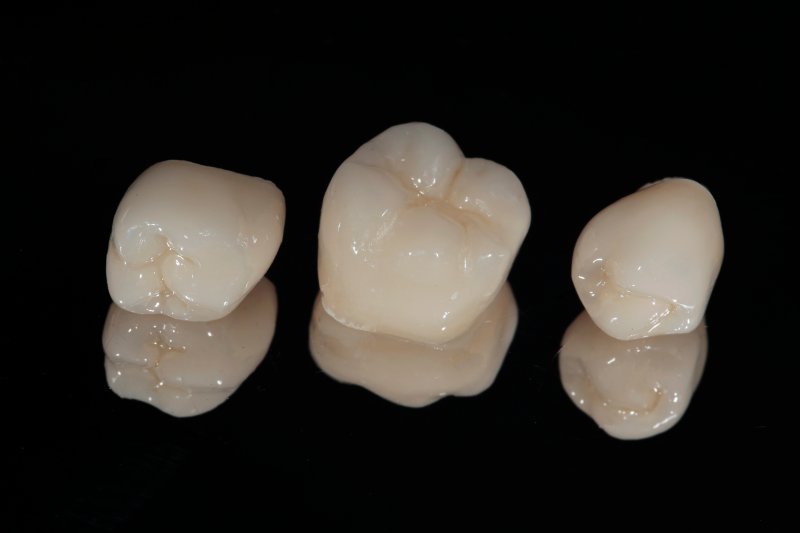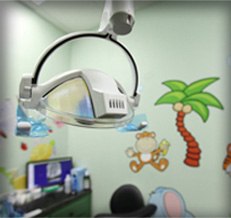
Tooth decay is the nemesis of smiles everywhere, and dentists have developed a plethora of ways to combat it. Two such restorative treatments are fillings and dental crowns, both of which are used to repair teeth damaged by decay or injury. While both of these treatments can restore a tooth to its original appearance and function, which one is more suitable depends mostly on the nature and extent of the damage. Here’s a brief overview of dental crowns and fillings to help you get a better idea of what your dentist may recommend.
Fillings May Be the Best Treatment If:
To perform a dental filling, your dentist will remove the decayed structure from the tooth and fill the empty space with a special dental material to restore its strength and protect it from further infections. Fillings may be best if:
- The tooth has no cracks, as the filling depends on the tooth’s natural strength to be effective. If this strength is compromised by cracks, a filling may not be able to properly support the tooth.
- The affected area is small, as fillings are great for minor repairs.
- The patient has budgetary concerns, as placing a filling is a much simpler process than placing a crown that can be done in a single session. However, placing a filling in a tooth that needs a crown can lead to it needing more expensive restorative work eventually.
Crowns May Be the Way to Go If:
Dental crowns are caps that mimic the appearance and structure of natural teeth, and they are designed to be cemented on top of teeth that have been damaged by decay, injury, or dental procedures like root canals. In some cases, they are used to support dental bridges. Crowns may be best for you if:
- Your tooth is cracked. A cracked tooth will not heal on its own, and a crown may be the best way to restore its strength while protecting it from infection.
- The damaged area is large enough to compromise the strength of the tooth. By replacing damaged dental structure, a crown can direct the pressure of chewing away from the troubled tooth, which can save the tooth from further damage and even extraction.
- The tooth is discolored or misshapen. Dental crowns can be used as aesthetic treatments that can cover up unsightly flaws in teeth so they can beautifully complement the rest of the smile.
While this guide can give you a rough idea of what you can expect your dentist to recommend, only a qualified dental professional can make the final call as to which is the appropriate treatment. Feel free to ask your dentist any questions you may have about the process.
About the Author
Dr. Racha W. Kadamani earned her dental degree from the Loma Linda University School of Dentistry and boasts more than eighteen years of experience in the field. She is also proud to be a member of the American Dental Association and the Texas Dental Association. Her office in San Antonio, TX offers general, cosmetic, emergency, and restorative dentistry such as fillings and dental crowns. If you believe your tooth needs restorative treatment, contact her office online or dial (210) 782-6842.







